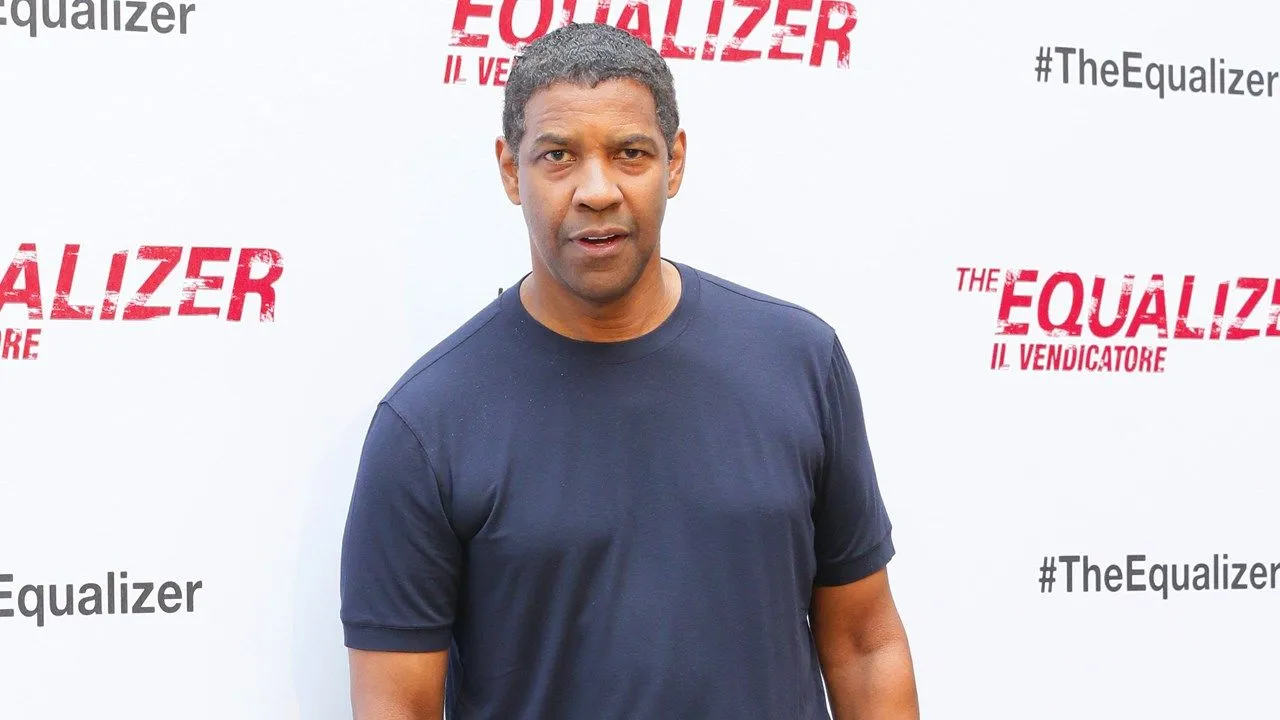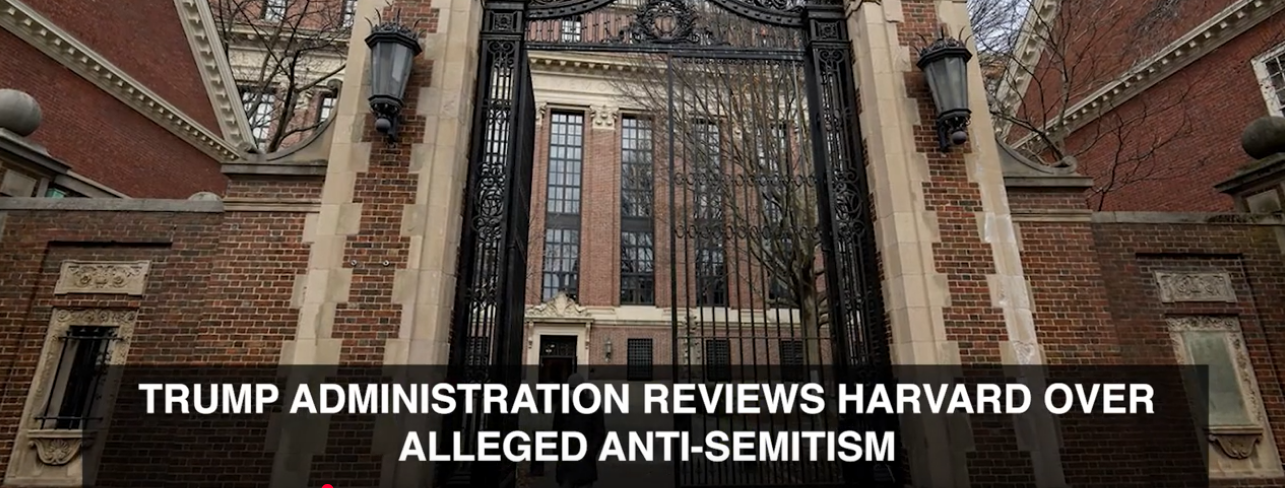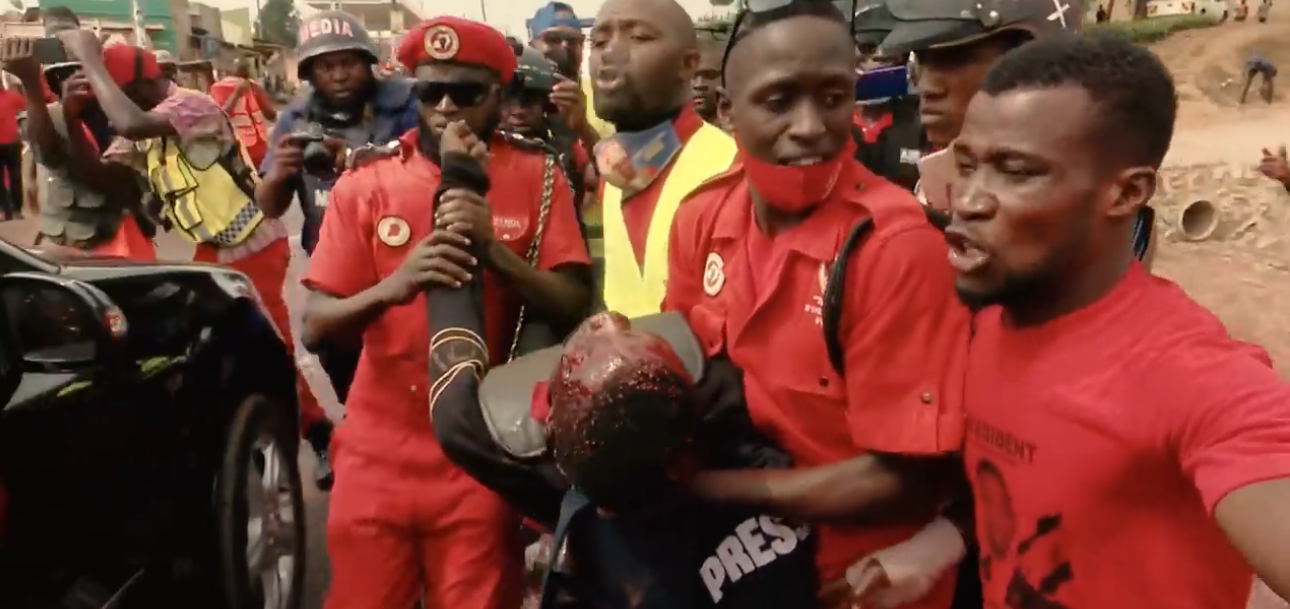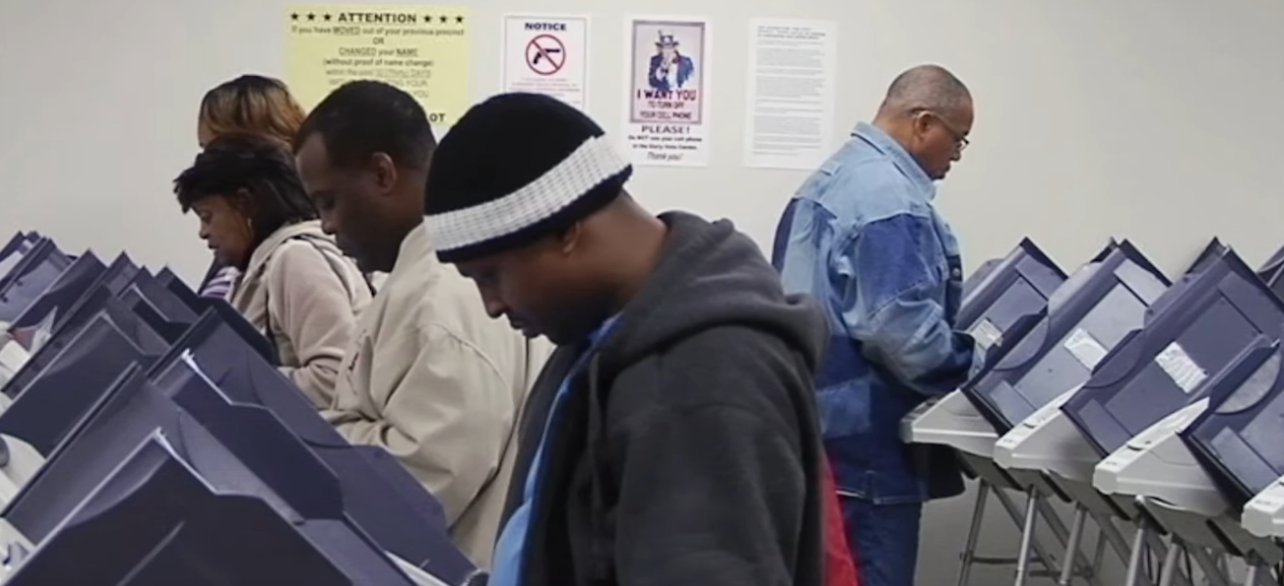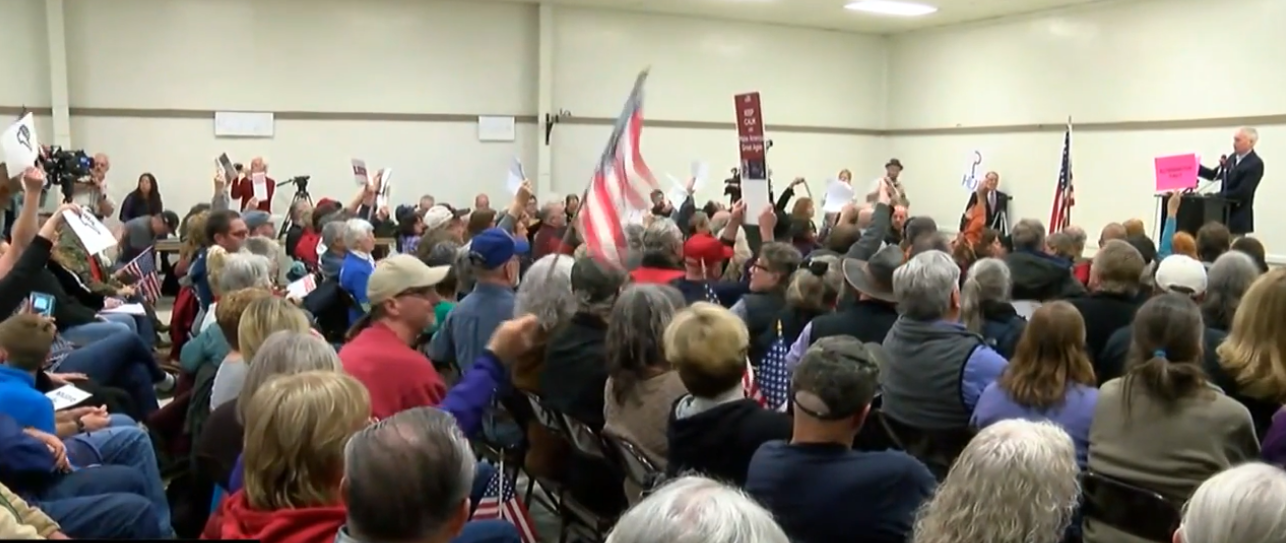John Lewis, now a member of Congress, being bloodied
On March 7, 1965, more than 600 civil rights demonstrators attempted to cross the Edmund Pettus Bridge in Selma, Alabama. It was the first day of a planned 54-mile march to the state capitol in Montgomery to protest discriminatory voting restrictions against African Americans.
On what would become known as “Bloody Sunday,” their path was blocked by state troopers and local posse members, who had been alerted to the march beforehand by the county sheriff. Law enforcement officers and vigilantes violently dispersed the protestors with nightsticks, tear gas, and other weapons.
One of the organizers, Amelia Boynton Robinson, who had been campaigning for access to the ballot box since she was a young girl, was knocked unconscious.
Fifty years later, leaders from across the country returned to Selma to mark one of the major milestones in our nation’s civil rights movement. Yet the sad reality is that — despite the considerable progress made in the last five decades — we are still fighting to ensure voting rights for every American.
According to the Brennan Center, 22 states have enacted some form of voter restriction since 2011. Around the country, states are enacting burdensome voter identification laws that disproportionately impact minority, elderly and student voters and scaling back early voting opportunities.
In a perverse twist, the victories of the civil rights movement have themselves been cited by those fighting for their undoing. As Chief Justice John Roberts wrote two years ago in a Supreme Court decision that gutted core protections in the Voting Rights Act, the circumstances in 1965 Selma do not reflect “current conditions.”
Nowadays, the threat isn’t armed police officers attacking peaceful protesters. Today’s threats come from a coordinated campaign to roll back the hard-fought victories of the last 50 years. It comes from efforts in communities across the country to keep the children of immigrants from enrolling in schools, or from members of Congress trying to block immigration reform.
The need to protect the right to vote is as strong today as ever. It is the right that protects all other freedoms, but the barriers put in place over the years have driven turnout rates to some of the lowest levels ever. Just 36.3% of the voting-eligible population cast a ballot in last November’s elections — the lowest level since World War II.
The answer is clear. We need to find ways to expand access to the franchise and eliminate needless barriers to voting.
We need to ease voter registration deadlines, provide opportunities for online voter registration, and allow no-excuse absentee voting to make it as easy as possible for everyone to participate in our elections — including, for example, shift workers and other people who can’t get to their polling place during normal business hours.
Once inside the polls, we need laws that protect voters from harassment, baseless challenges or intimidating tactics.
And we need to eliminate arcane laws that unnecessarily disenfranchise people who have completed criminal sentences, making it more difficult for them to re-integrate into society.
Martin Luther King, Jr. famously said, “The arc of the moral universe is long, but it bends towards justice.”
We must never stop fighting for a vision of American democracy in which we strive for and encourage the highest levels of voter turnout and participation. That is why this weekend’s anniversary celebrations should serve to honor those who sacrificed for our freedoms and recognize the progress we have made since that first police baton came down on the head of a Selma marcher. But we must also reflect on just how much further we still have to go on the path to equal justice for all Americans.
Two weeks after Bloody Sunday, Dr. King led thousands of White and Black marchers across the Edmund Pettus Bridge and through the heart of Alabama to Montgomery.
But their march did not end at the state capitol. Nor did it end a few months later when President Lyndon Johnson signed the Voting Rights Act into law.
Fifty years later, we are still marching.
Eric T. Schneiderman is the Attorney General of New York State

